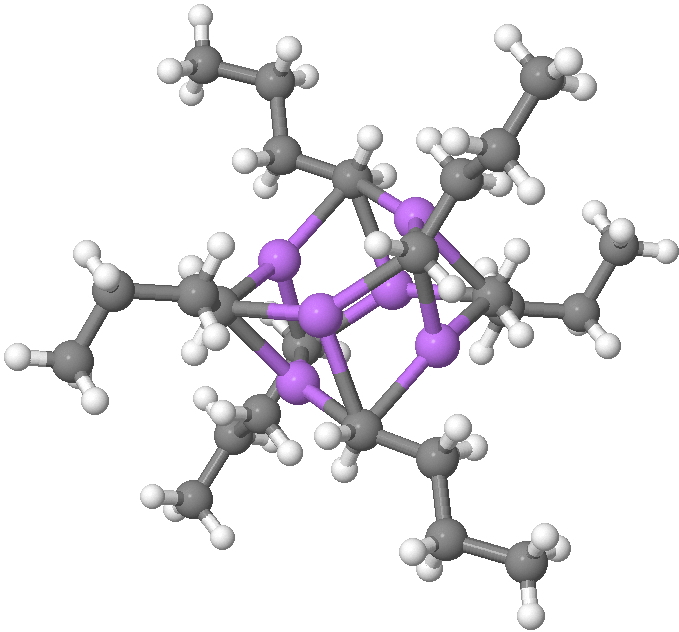A few posts back, I explored the “benzidine rearrangement” of diphenyl hydrazine. This reaction requires diprotonation to proceed readily, but we then discovered that replacing one NH by an O as in N,O-diphenyl hydroxylamine required only monoprotonation to undergo an equivalent facile rearrangement. So replacing both NHs by O to form diphenyl peroxide (Ph-O-O-Ph) completes this homologous series.
I recently got an email from a student asking about the best way of rationalising epoxide ring opening using some form of molecule orbitals.
This is another in the occasional series of “what a neat molecule”. In this case, more of a “what a neat idea”. The s-triazine below, when coordinated to eg ZnI 2 , forms what is called a metal-organic-framework, or MOF.
A recent theme here has been to subject to scrutiny well-known mechanisms supposedly involving intermediates. These transients can often involve the creation/annihilation of charge separation resulting from proton transfers, something that a cyclic mechanism can avoid. Here I revisit the formation of an oxime from hydroxylamine and propanone, but with one change.
Back in the days (1893) when few compounds were known, new ones could end up being named after the discoverer. Thus Feist is known for the compound bearing his name; the 2,3 carboxylic acid of methylenecyclopropane ( 1 , with Me replaced by CO 2 H). Compound 1 itself nowadays is used to calibrate chiroptical calculations[cite]10.1021/ct300359s[/cite], which is what brought it to my attention.
The concept of a shared electron bond and its property of an order is almost 100 years old in modern form, when G. N. Lewis suggested a model for single and double bonds that involved sharing either 2 or 4 electrons between a pair of atoms[cite]10.1021/ja02261a002[/cite]. We tend to think of such (even electron) bonds in terms of their formal bond order (an integer), recognising that the actual bond order (however defined) may not fulfil this
My two previous explorations of aromatic substitutions have involved an electrophile (NO + or Li + ). Time now to look at a nucleophile, representing nucleophilic aromatic substitution . The mechanism of this is thought to pass through an intermediate analogous to the Wheland for an electrophile, this time known as the Meisenheimer complex[cite]10.1002/jlac.19023230205[/cite]. I ask the same question as before;

A quartet of articles has recently appeared on the topic of cyclobutadiene.[cite]10.1002/chem.201102942[/cite],[cite]10.1002/chem.201103017[/cite],[cite]10.1002/chem.201203234[/cite],[cite]10.1002/chem.201203235[/cite]. You will find a great deal discussed there, but I can boil it down to this essence.

n-Butyl lithium is hexameric in the solid state[cite]10.1002/anie.199305801[/cite] and in cyclohexane solutions. Why? Here I try to find out some of its secrets. SUHBEC. CLICK FOR 3D. The crystal structure reveals the following points of interest: Six lithium atoms form a cluster with triangular faces. An off-centre carbanion caps a triangular lithium face.
Functionalisation of a (hetero)aromatic ring by selectively (directedly) removing protons using the metal lithium is a relative mechanistic newcomer, compared to the pantheon of knowledge on aromatic electrophilic substitution. Investigating the mechanism using quantum calculations poses some interesting challenges, ones I have not previously discussed on this blog.
